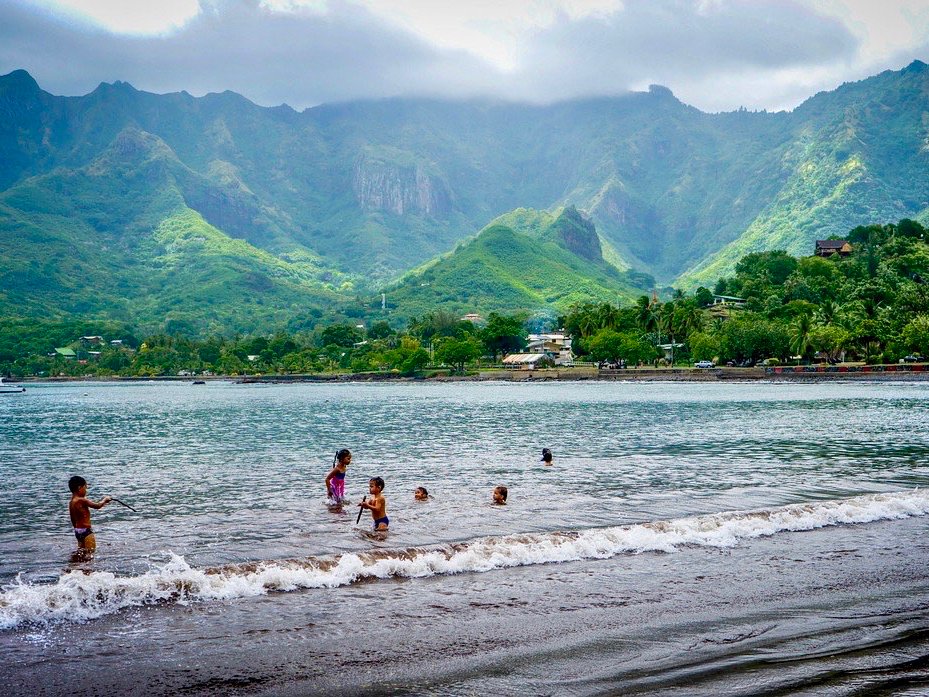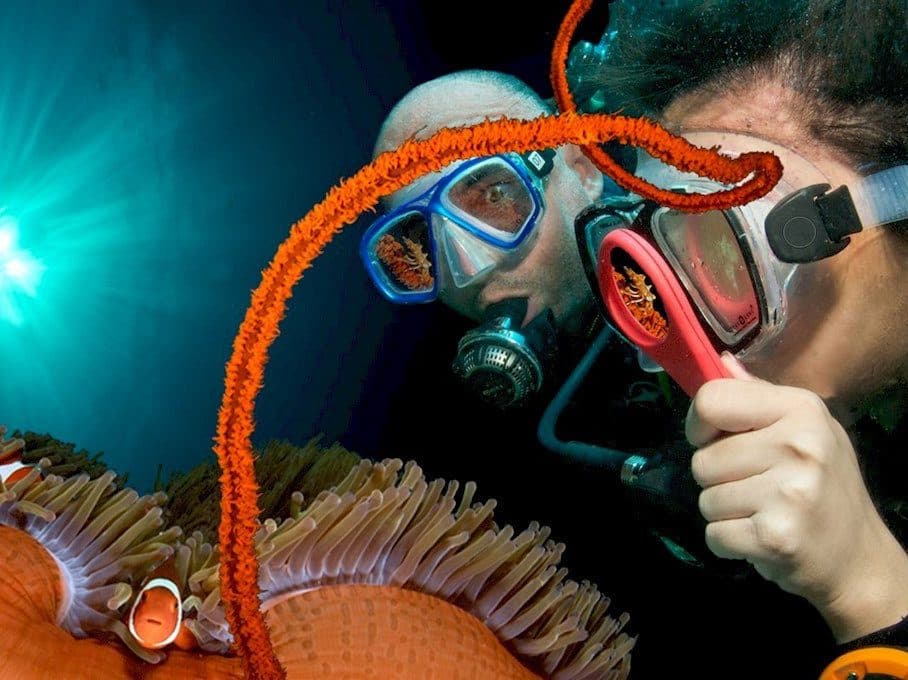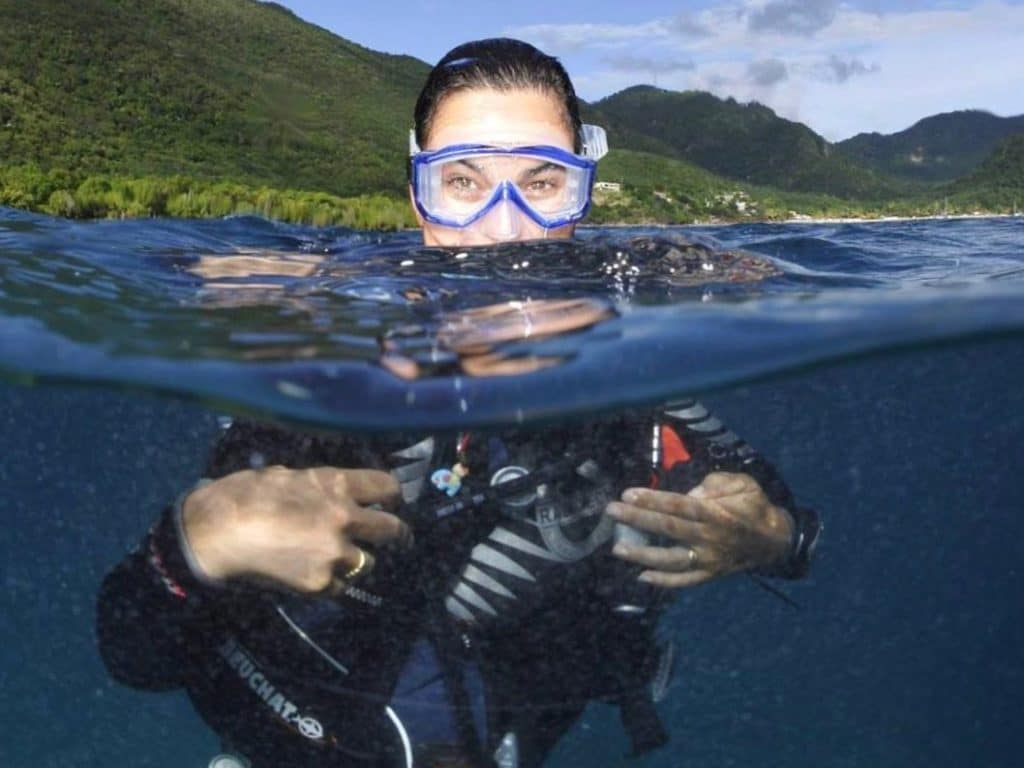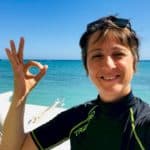Diving: meeting with the wonderful archaeological diving world of Marc Jasinski
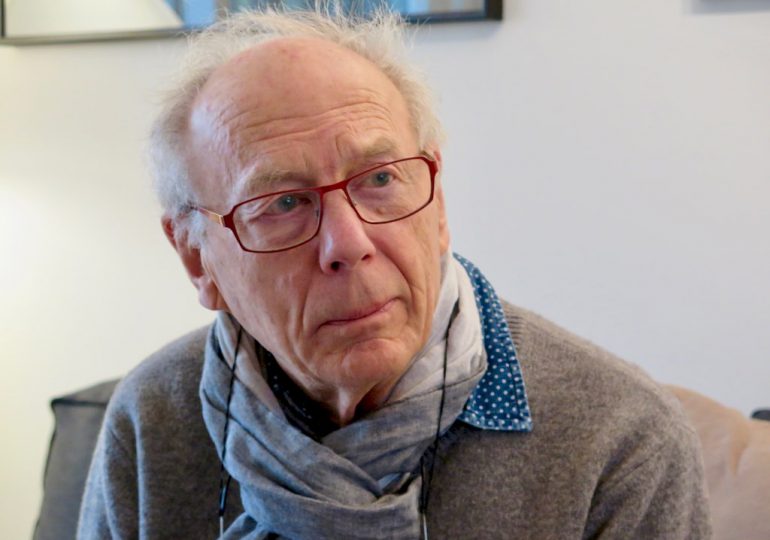
Marc Jasinski : one of the great archaeological diving figures
Marc Jasinski shaped the scuba diving landscape from the beginning in archaeological diving. His actions remain present in our modern conception of this wonderful underwater activity.
Discreet and full of talent, Marc Jasinski is one of the forerunners of the underwater river archaeological diving in Belgium.
A brilliant photographer and miniature hobbyist. His work on diving is known far beyond the borders of his small country. He has inspired many divers who wanted to start in the fascinating world of underwater diving.
After reading his books “Diving Under the Earth” and “The Secrets of Scuba Diving”.

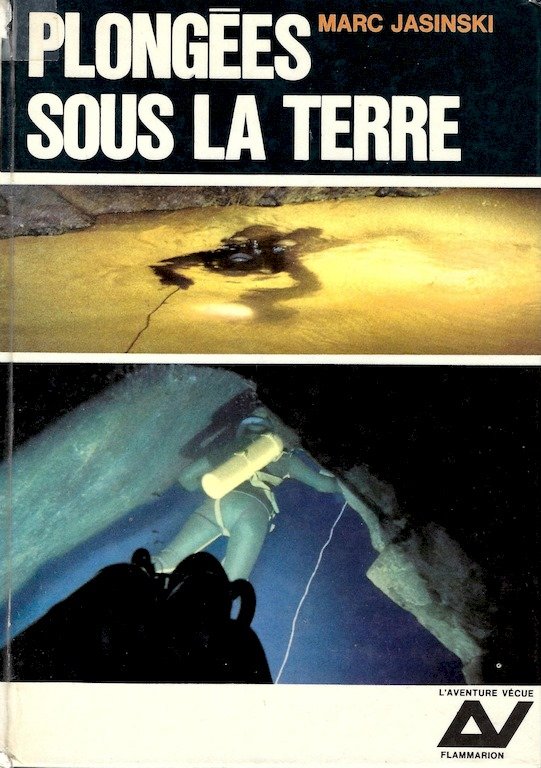
I met Marc Jasinski à archaeological diving specialist at the beginning of 2017. We wanted to discuss his passion for river archeology and to discover this wonderful world that fascinates him. I had previously had the opportunity to attend one of his lectures. Because he is a long time friend of my partner in life and dive buddy.
Focus on Marc Jasinski journey and his vision of archaeological diving.
What is archaeological diving?
The answer comes fast, because for Marc Jasinski, the archaeological diving does not exist!
We do archeology on land, in the mountains, in mines, … and under water. However, for him, the principles remain the same in all environments and aim to try to understand:
“How did our predecessors live and operate based on the clues they left us? This is archeology. It is exploiting the material witnesses to understand the functioning and the life of a civilization, of a society “
On land or underwater, Marc assures me that the principle is the same. It is important to be aware that. Unlike other sciences, archeology has the misfortune to destroy the object of its study!
However, he still shows some specificities of underwater archeology:
- The work is carried out under water and it is important to be very comfortable at diving. (and have a good management of its buoyancy).
- It is essential to be able to forget that we dive in order to concentrate and do the job
- There is specific equipment and specific gear to this underwater activity.
Archaeological diving : when Diving as a discovery tool
If for Marc Jasinski, the archaeological dive does not exist. It is nonetheless true that diving is the key that opens the door to spots that were not previously exploited. Seas, oceans but also lakes, rivers. In this sense, this underwater activity is an additional tool for understanding the past world.
Diving is a tool that allows access to these different environments, previously known as inaccessible.
The main stages of Marc Jasinski career.
The approach :
Marc explains that there was a kind of sinkhole (loss of a small stream in the ground) in the property of his grandfather. With some friends and especially Pierre Brichard, Marc undertakes to clear this sinkhole. They then find a cave that goes down 70 meters and begin to explore it. He is amazed .
At the end of his studies, Marc went on vacation to Club Med in Santa Julia and enrolled in a diving course. While scuba diving is still in its infancy, this is where he will catch the virus of diving.
“I was bad in all sports but diving was my thing”.
During his third dive (at -40 meters!), Marc moves away from the group and finds an amphora. He continues his week of vacation diving as much as possible and asks himself the question. “How to live without diving in Belgium?”
It’s obious. “It’s my destiny, it’s clear! “, he says to himself.
First step :
Marc decides to explore the caves of Han without suspecting that the archaeological dive will be dangerous especially with the diving equipment of the time!
He gets permission to train free diving (because of lack of equipment) at the exit of the cave with his wife Anette and later, scuba diving. It should be remembered that there is no BCD at this time, nor comfortable Neoprene suits that we know today.
During their first dive they realize that they have found ceramics including intact vases from the 16th century. A Gallo-Roman vase and even two much older bronze objects (first millennium BC).
Second step :
While looking for support to carry out archaeological excavations in the caves of Han, it is with the curator of the Royal Museum of Art that Marc will find the necessary support to begin his research.
In 1963, the Society of Caves, following the support of the museum’s curator, trusted Marc. They gave him the means to build an air-lift (tool to remove small stones and debris) and acquire equipment. This is the official start of the site.
It was at this time that Marc Jasinski created the CRAF (Center for Archaeological River Research) whose purpose is to study and enhance the Walloon underwater heritage.
A real manna of objects of which some very precious (jewels of the Bronze Age) are discovered. Weapons, tools, … If the objects date mainly from the Bronze Age, one finds objects of all times until objects dated of WW II.
The results of Marc’s research and the teams that have followed for twenty years remain to this day a major discovery of archeology in Belgium.
Third step :
At the instigation of Christophe Delaere, current president of CRAF and a young archaeologist who has done some brilliant research, especially in Bolivia, the excavation activities in Han are organized, professionalized, and are subject of systematic research methods aimed at to understand why all the objects found at the Caves of Han were there.
A path ?
During these three different stages of his career, Marc Jasinski encountered obstacles.
Before 1963, the major difficulty was to be taken seriously in the archaeological research project at the Caves.
It took Marc’s determination to find support for the curator of the Royal Museum of Art. However, from 1963, the discoveries were so spectacular that everyone was interested. Marc notes that he has always had since that time the support of the management of the Society of the Caves as it will be the case with other partners: some companies worked on the good realization of the excavations by giving specific material, certain patrons , convinced by the scientific utility of the activity at the cave, have also helped to go further by providing funds. Finally, intellectual partnerships have been made with the University of Liège (ULg) and the Université Libre de Bruxelles (ULB).
Back on the course of Marc Jasinski
When I ask him what he would change if he could change something, it is quite natural for him to answer that he would start digging directly with the mentality of today, a scientific methodology and less of harvests of objects.
If Marc is aware that he was there in the right place at the right time and that he was the first (which helps), he also knows that in his career, he has had the power to seize the opportunities (proposals for work on shipyards at sea, …) and overcome the hardships like the death in a siphon of his buddy Pierre Brichard.
To those who would like to try the adventure of underwater archeology, Marc Jasinski advises to show enthusiasm, strength and will because the opportunities are rare in the academic setting. Yet as he says:
“As in any sector, when you’re very good, you find yourself dealing with it”
To begin this activity, it seems essential to him to learn good practices. For twenty years, Marc Jasinski through CRAF has been working with the Nautical Archeological Society (NAS) to train amateur divers to adopt good underwater archeology practices.
The people who have followed this training are certified and above all very efficient on the underwater archeology sites. This training activity is one of the core activities of CRAF. For Marc, this training allows not only more efficiency in the work but also (above all?) more ethical and a more respectful approach to the research material.
Is there still a future for underwater archeology?
YES today’s adventurers, history and dive enthusiasts must be reassured, underwater archeology is still in its infancy.
Opportunities for more understanding of ancient civilizations are wide and future divers addicted to river archeology will still have a very good chance of discovering the wonders that will be bestowed upon them by water bodies, seas, oceans, rivers and streams.
For example, in Wallonia (Belgium) only the Lesse and part of the Meuse rivers have been visited by underwater archaeologists … Everything is to be done!
The question of the future of archaeological diving with Marc Jasinski
Marc has always had the passion for cold waters, perhaps because it’s in these waters that with one of his friends he set up the most beautiful search for a wreck of his career (The Gerona sent by Philip II, in Ireland ). These are the waters he particularly likes when it comes to diving.
However, today, Marc believes that he no longer has the physical shape to participate in such expeditions and even if he thinks that he might agree dive if he was offered a spot in warm and calm waters, he is nevertheless convinced that he must now leave room for young people.
But, out of question “to be retired”. Marc encourages future enthusiasts to come to CRAF and continues to witness the excavations while having fun with his passion for photography.

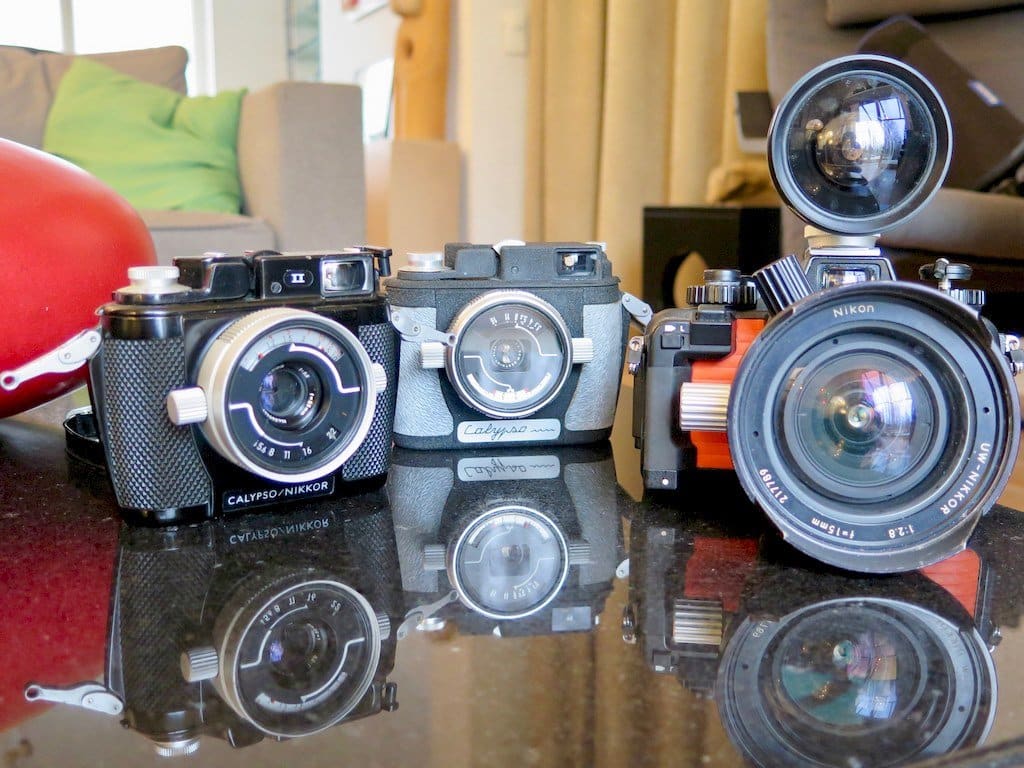

Marc Jasinski is a “great gentleman”, full of wisdom, knowledge and instruction. If you have never met him, I strongly encourage you to go to him and the other members of the Center for Research and Fluvial Archeology and why not try river archeology on the spot as I had the chance to to do last August.
Did you miss that? Quickly read the report here, it was only HAPPINESS!
Tell us your experiences in the world of diving as a job in a comment below, it will be a pleasure to exchange with you
And most importantly, do not forget to be happy
Helene
PS: do you want to stay connected and want to be notified of upcoming articles? Sign up on the Facebook Page, the Newsletter or check the box reserved for this purpose by posting a message below … other articles will follow very soon

